Optical Bubble Stream Characterization
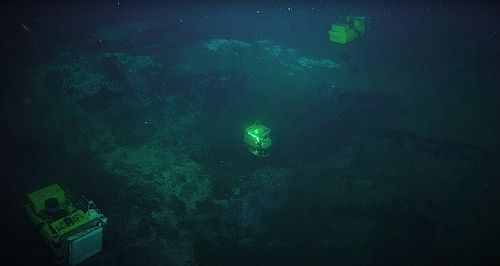

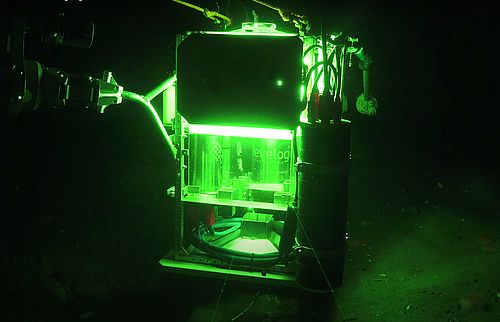

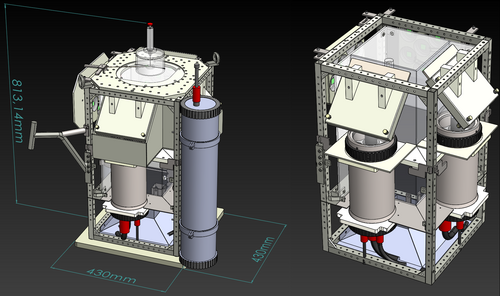

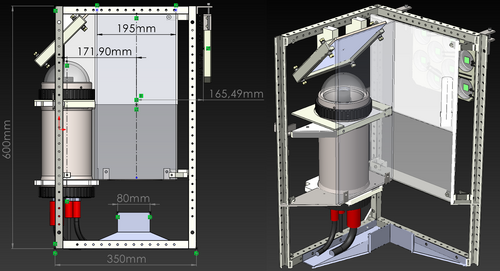

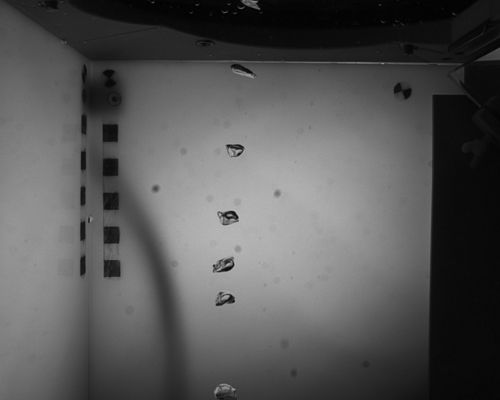

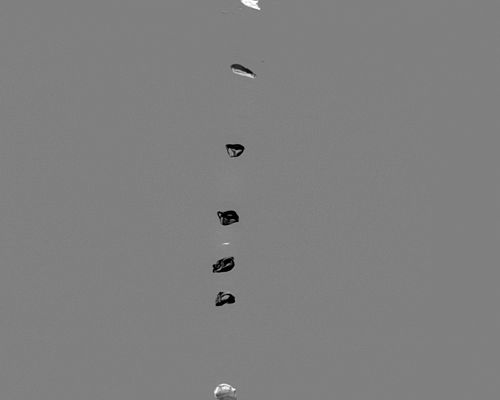



Size, number, rising speed and release frequency of bubbles are essential parameters for direct flux measurements of free gas release at the seafloor and the rise and dissolution behaviour of gas bubbles in the water column. Such parameters are needed as input for hydroacoustic flux estimates and calculations for methane transport towards the sea surface. In this research, novel methods for visual bubble stream characterization are developed using a wide baseline stereo camera system that photographs rising bubbles at high frame rates in situ (the BubbleBox).
The setup is challenging, as we want to photograph transparent bubbles in a transparent medium, so lighting and observability is all about reflection and refraction. Second, in the ocean, bubble detection is complicated by cluttered backgrounds. Ocean operations stirr up sediment, there are floating particles and animals might be attracted, so the system has to be robust. Also, the interface needs to be managable by the claw of a deep sea robot and the construction has to be mechanically stable.
Regarding system calibration, divers can not go down to great water depths, so different calibration approaches are required (as compared to shallow water photogrammetry) that also work in situ, when the system is operated in severeral hundered meters depth. A key novelty in our calibration procedure is that we perform the calibration without explicit correspondences, but only using the outlines of the bubbles, which are different in the two views (no common points).
Overall, our the system is able to characterize single streams of bubbles in the range of a few millimeter diameter (up to 100 ml/minute) with approximately 2% radius uncertainty as estblished by ground truth glass marble experiments in the lab. For a detailed evaluation please read the open access article linked below.
See also:
M. She, T.Weiss, Y.Song, P.Urban, J.Greinert, K.Köser:
Marine Bubble Flow Quantification Using Wide-Baseline Stereo Photogrammetry.
ISPRS Journal on Photogrammetry and Remote Sensing, Elsevier, 2022
DOI 10.1016/j.isprsjprs.2022.06.014 [Open Access Article]


